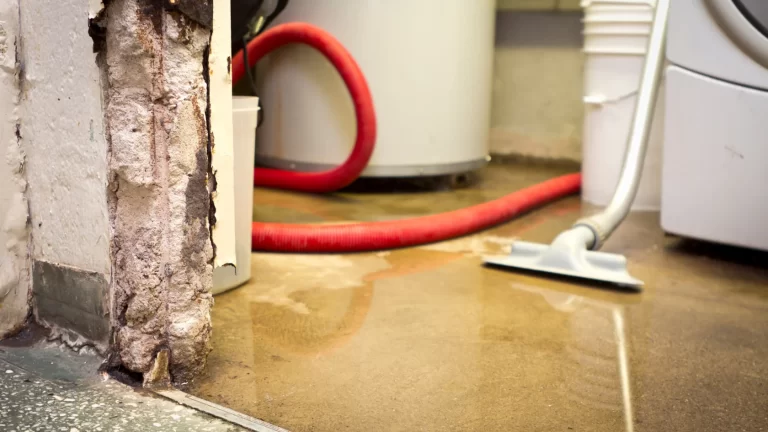
Can Weeping Tile Keep Your Basement Dry? A Homeowner’s Guide With a Weeping Tile Diagram
If you’ve ever walked into your basement after heavy rain and noticed damp walls, water stains, or that musty smell,
One of the best methods to stop sewage and wastewater from backing up into your house is to install a backwater valve correctly.
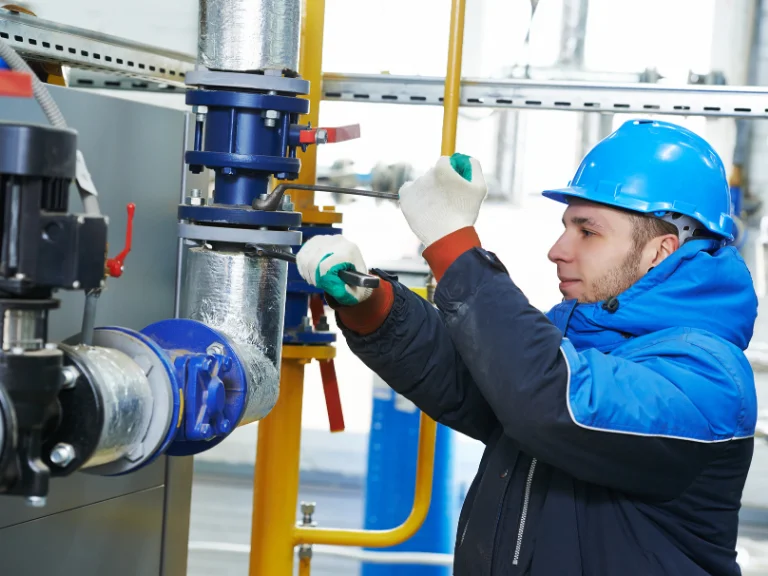
You've probably heard of basement flooding brought on by sewer backups if you live in Toronto or any other area that receives a lot of rain. Water and sewage may return to your home through floor drains or plumbing fixtures if the local sewer system is overloaded. A backwater valve is useful in this situation.
A backwater valve is a tiny but essential component that is placed on the main sewer line in your house. It is intended to stop wastewater from returning to your basement. When properly placed, it prevents sewage and contaminated water from entering your property by automatically closing during a sewer backup. For Toronto homeowners, where sudden downpours can strain the city’s drainage system, having a reliable valve installed provides real peace of mind.
The City of Toronto Basement Flooding Protection Subsidy Program even offers rebates to help with the cost of backwater valve installation. It’s part of a citywide effort to encourage residents to install flood prevention systems that protect both private homes and municipal infrastructure.
At Absolute Draining & Plumbing, we believe that preventing a sewer backup shouldn’t be stressful. Our installation process is straightforward and transparent, ensuring your home’s plumbing system gets the proper protection it deserves.

Reach out to our expert plumbing team for a free consultation. We’ll inspect your existing sewer line, assess your risk of basement flooding, and recommend the right type of backwater valve for your property.

Once we’ve provided a quote and you’re ready to proceed, we’ll schedule the installation at a convenient time. We offer flat-rate pricing, so you’ll know the total cost upfront—no hourly surprises or hidden fees.

After installation, your backwater valve will immediately start protecting your basement from potential sewage backup. With our expert service, you can enjoy peace of mind knowing your home is safeguarded against future flooding.
If you’re worried about basement flooding or have experienced sewer backup in the past, contact Absolute Draining & Plumbing today. We’ll help you install a backwater valve that keeps your home protected for years to come.
Choosing the right plumbing company for your backwater valve installation makes all the difference. Absolute Draining & Plumbing has earned the trust of Toronto homeowners through reliable service, transparent pricing, and quality workmanship.
We’ve been helping homeowners across Toronto protect their properties from flooding and sewage backup for more than 20 years. Our licensed plumbers are familiar with the city’s complex sewer systems and can handle any installation—from small residential setups to larger commercial plumbing projects.
We believe in clear, honest pricing. That’s why we charge per job, not per hour. You’ll know the full cost of your backwater valve installation before we start the work, ensuring there are no surprises later on.
All our drain repair and backwater valve installations come with a 25-year warranty. That’s our promise of long-term reliability and professional installation standards.
We offer free consultations and assessments to determine the best solution for your home. Our plumbers will explain the installation process, available rebates, and the benefits of installing a valve to prevent sewer backup.
Backwater valve installation offers more than just peace of mind—it’s a smart investment in your home’s safety and value.
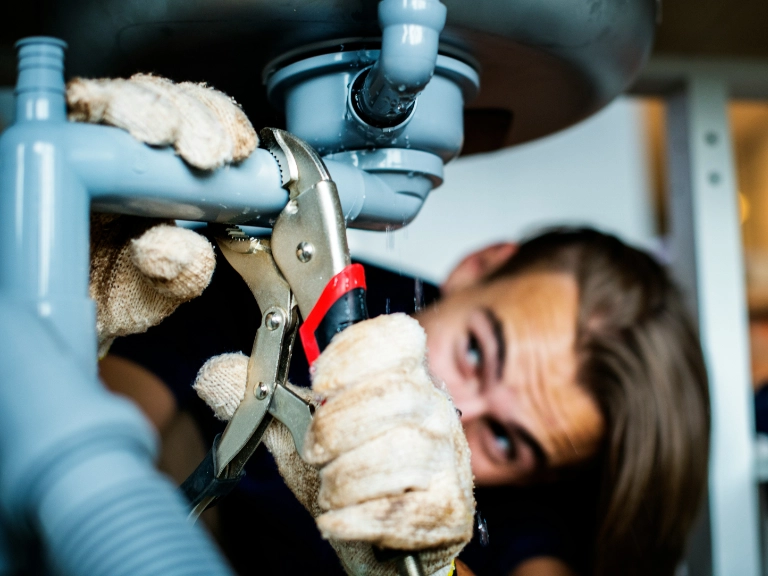
We’ll beat any written estimate from another licensed Toronto plumber by 10%. You get professional installation and long-lasting protection at the best possible rate.
No hidden costs, no extended labour charges. Our transparent pricing structure ensures you pay a flat rate for the entire installation, regardless of how complex your plumbing system may be.
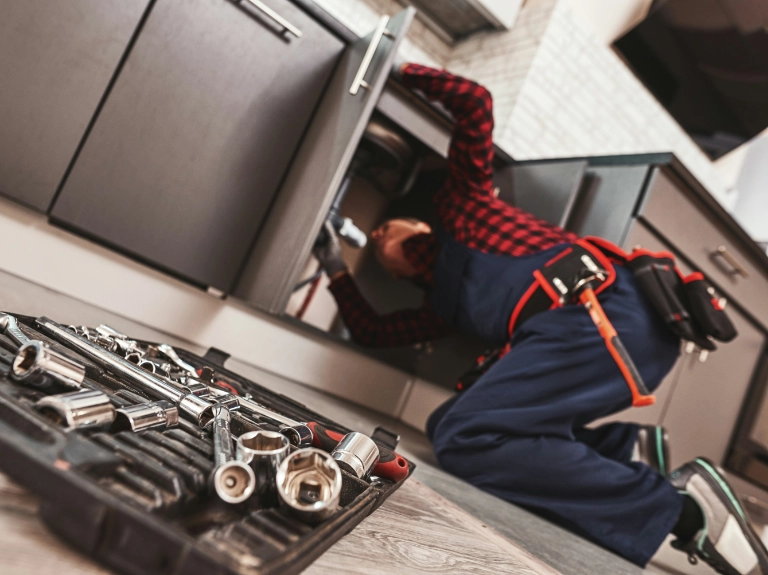
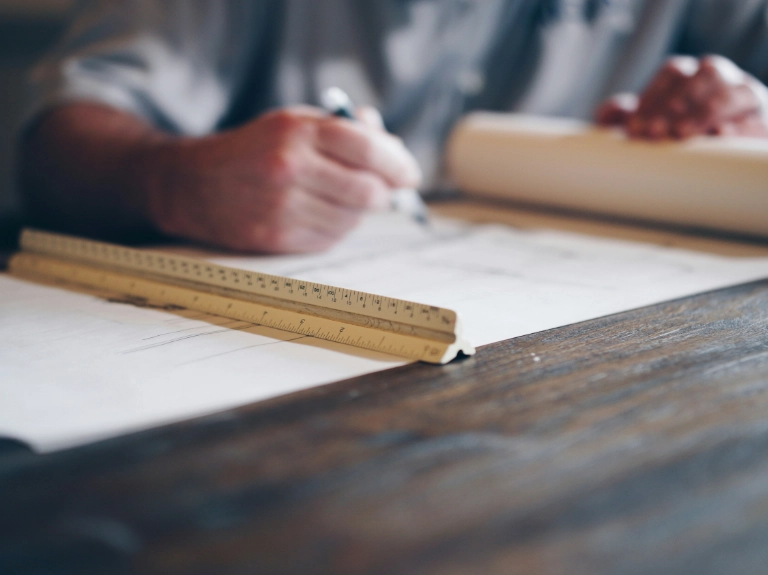
Lorem ipsum dolor sit amet, consectetuer adipiscing elit. Aenean commodo ligula eget dolor. Aenean massa. Cum sociis natoque penatibus et magnis dis parturient montes, nascetur ridiculus mus. Donec quam felis, ulatricies nec, pellentesque eu, pretium quis, sem.
We value our senior clients and proudly offer a 10% discount to make home protection more affordable.

Absolute Draining & Plumbing proudly serves Toronto and the surrounding areas. Whether you live in a downtown condo or a detached home in the suburbs, we’re ready to help protect your property with a professionally installed backwater valve.
Absolute Draining & Plumbing proudly serves Toronto and the surrounding areas. Whether you live in a downtown condo or a detached home in the suburbs, we’re ready to help protect your property with a professionally installed backwater valve.
With our prompt service, neat work, and open communication, Toronto homeowners regularly rank us as one of the most trustworthy plumbing businesses in the area.
We offer a wide range of plumbing and drain services to cover all your needs, not just backwater valve installation.

Our 24-hour emergency plumbing staff is available to help when you need it most. Our emergency plumbers arrive quickly to handle major leaks, burst pipes, and other urgent issues—trust our emergency team to prevent costly water damage to your home.
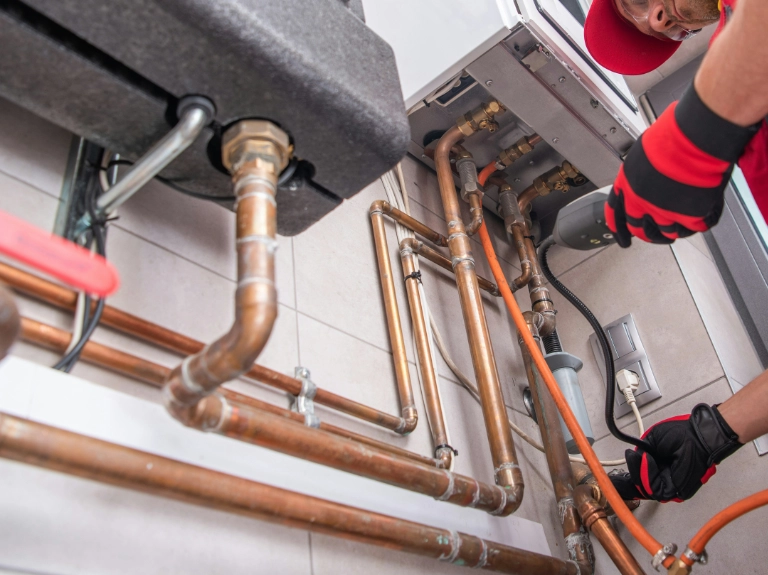
Our skilled plumbers serve commercial properties, including offices, restaurants, and retail spaces. Business owners trust us for everything from plumbing installation to emergency repairs, with dependable service that keeps their operations running smoothly.

Say goodbye to clogged drains and recurring blockages. Our qualified plumbers use high-pressure hydro-jetting and advanced camera inspections for effective drain cleaning—perfect for any type of plumbing system in both residential and commercial properties.
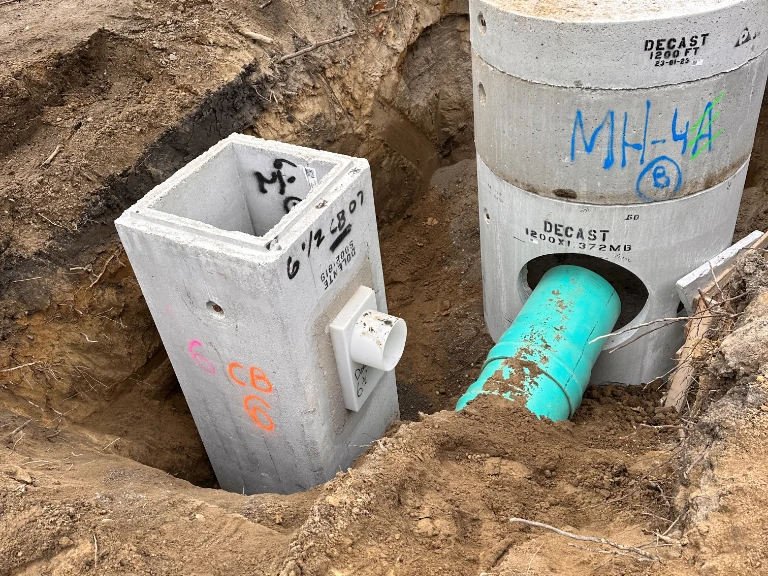
Our specialty is time-saving, mess-free, no-dig drain repair technology. Our professional plumbers provide long-lasting results whether you’re dealing with a collapsed drain or a fractured pipe. For your peace of mind, repairs are covered by a 25-year warranty.
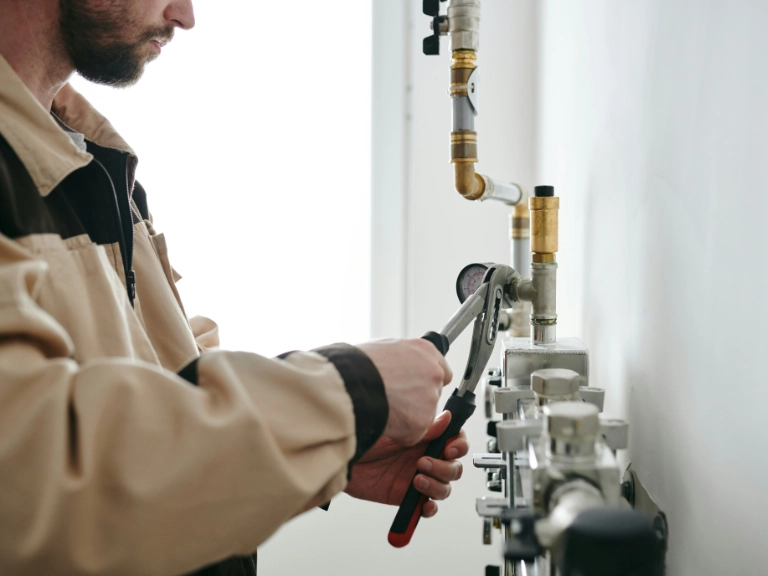
Protect your basement from sewage backups with a professionally installed backwater valve. Our plumber team handles everything, including obtaining necessary permits and rebate support. It’s one of the smartest upgrades for your home’s plumbing system.
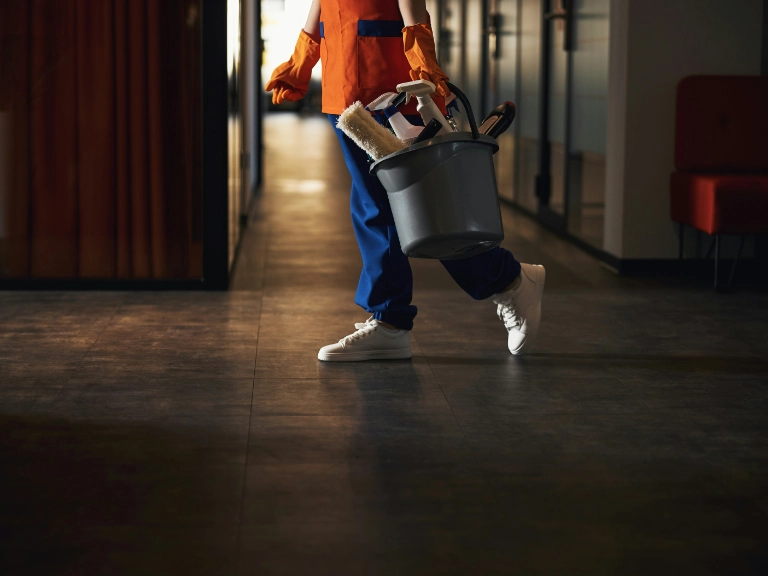
If your home or business suffered from a plumbing leak or flood, we can help. Our plumbing team provides complete water damage restoration, from cleanup to repairs. We act fast to prevent further damage and mould growth.
Our blog covers topics like backwater valve maintenance, flood-proofing solutions for older homes, and the role of sump pumps in basement waterproofing. Stay informed so you can prevent costly repairs before they happen.

If you’ve ever walked into your basement after heavy rain and noticed damp walls, water stains, or that musty smell,
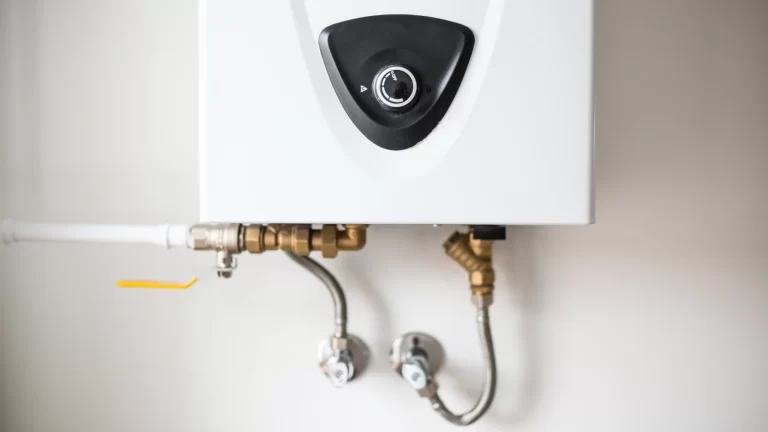
When your shower suddenly turns cold in the middle of winter, it’s a quick reminder of just how important and
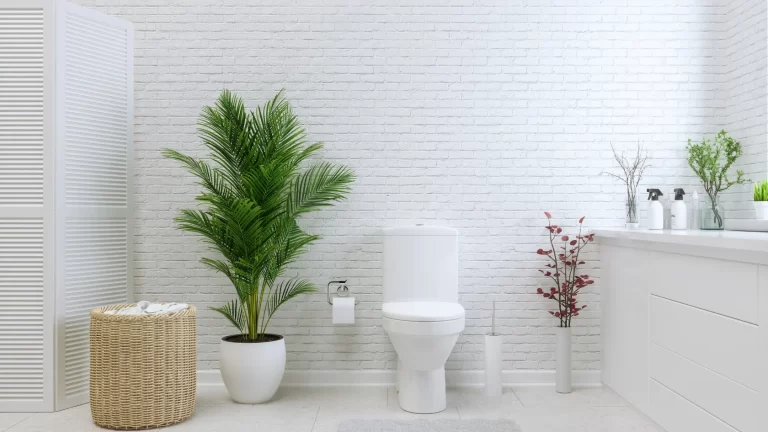
If your toilet feels too low or uncomfortable to use, you’re not alone. Many Toronto homeowners don’t realize that toilets

Ever shut off your washing machine or dishwasher and heard a huge bang echo through your home’s plumbing? Not only
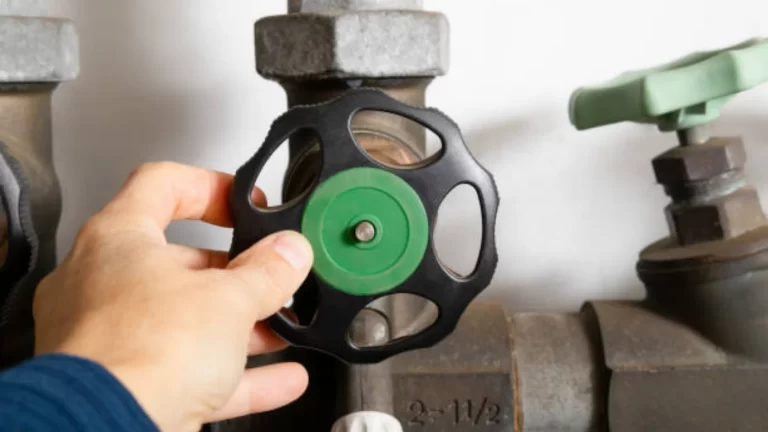
Imagine discovering an unpleasant odour emanating from your basement floor drain following a significant downpour. Sewage is backing up into
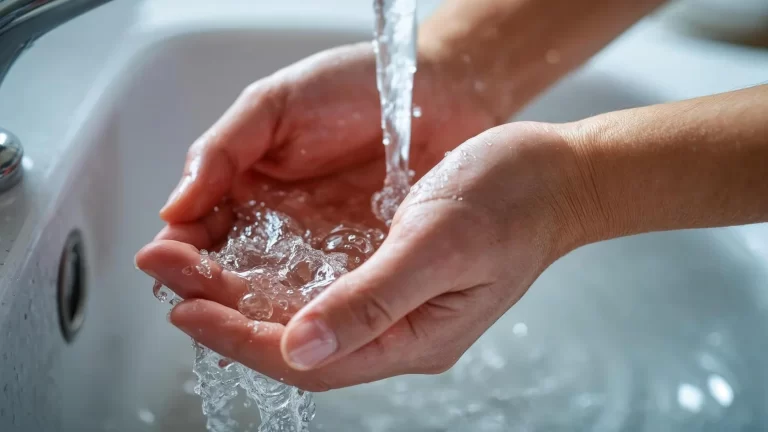
Let’s say you were surprised by your most recent water bill, or you’ve discovered that your home is consuming more
Wondering whether a backwater valve is right for your home? Here are some of the most common questions Toronto homeowners ask our team.
A backwater valve is a plumbing device designed to prevent backflow by stopping wastewater from flowing back into your home through the main sewer line. The valve is designed to stay open under normal conditions, allowing clean water flow out of your home, but it automatically closes if it detects reverse flow from the city’s sewer system.
The backwater valve serves as a one-way barrier when properly placed, shielding your basement floor and plumbing fixtures from a possible sewage backup. When heavy rain overloads the sewer system, this valve closes tightly, but it still permits wastewater to flow in the correct direction.
There are various types of backwater valves, including automatic and manual gate valves, which depend on the design and complexity of the installation. A professional plumber ensures proper installation, tailored to your home’s specific plumbing layout, providing long-term protection against water and sewage backups.
Installing backwater valves is crucial for homeowners in Toronto, given the city’s aging sewer infrastructure and frequent heavy rainfall. Without proper safeguards, wastewater and sewage can flood into homes, especially those with basements situated below street level or equipped with outdated drainage systems. The risk of basement and sewer flooding can be considerably decreased with a correctly fitted valve.
Installing a backwater valve keeps contaminated water from reentering your plumbing system, protecting your Toronto property. It guarantees that your sewer line remains one-way, enabling wastewater to securely escape without returning through fixtures or floor drains.
The City of Toronto Basement Flooding Protection Subsidy Program offers rebates to encourage residents to install a backwater valve and improve flood protection. This incentive helps offset the costs associated with backwater valve installation while improving the overall reliability of your drainage system.
The cost of a backwater valve is influenced by several factors such as the type of valve, the installation process, and the state of your sewer system. In Toronto, the installation of a backwater valve usually ranges from $1,500 to $3,000, although the final price may vary based on the design of your home.
The Toronto Basement Protection Subsidy Program provides homeowners in Toronto with a $1,250 backwater valve rebate. This greatly lowers the total cost and facilitates homeowners’ investment in expert protection against water damage and sewage backup.
While there is an upfront cost, installing a backwater valve in your home is a smart long-term investment. The final cost is minimal compared to the expense of cleaning and restoring a flooded basement. With our professional services to ensure your backwater valve is installed correctly, you’ll save money and gain peace of mind.
To keep your backwater valve working properly, it’s essential to maintain it at least once a year. Regular cleaning ensures the valve allows wastewater to flow freely and prevents blockages from debris, grease, or sediment.
Homeowners can lift the cover and visually inspect the valve in their home, but it’s best to hire a professional and experienced plumber for a comprehensive check. Our experts ensure your backwater valve functions as intended and test the valve’s design mechanism to verify that it closes properly during backflow events.
We provide maintenance services to keep your backwater valve operating at optimal condition. Regular inspections not only help avoid costly water damage but also ensure compliance with the Toronto basement protection subsidy program requirements, which often recommend ongoing maintenance for rebate eligibility.
Yes, Toronto homeowners are required to install a backwater valve under a valid plumbing permit. The City of Toronto mandates that any work on the main sewer line or basement floor drainage system meets municipal codes to ensure proper installation and long-term effectiveness.
The permit process helps confirm that your backwater valve installation in Toronto complies with local safety and environmental standards. It also ensures your installation qualifies for the Toronto Basement Flooding Protection Subsidy Program, which can help reduce the cost of installing a backwater valve.
We handle the entire permitting process for you, from application to inspection, so you don’t have to worry about city paperwork. We provide professional installation and coordinate with municipal inspectors to verify the backwater valve is installed according to city guidelines, guaranteeing full rebate eligibility and peace of mind.
Don’t wait until a storm causes costly water damage or sewage backup in your basement. For a free consultation and quotation on expert backwater valve installation, get in touch with Absolute Draining & Plumbing. Our skilled plumbers will make sure your system is built correctly, complies with city codes, and qualifies for any applicable rebates.